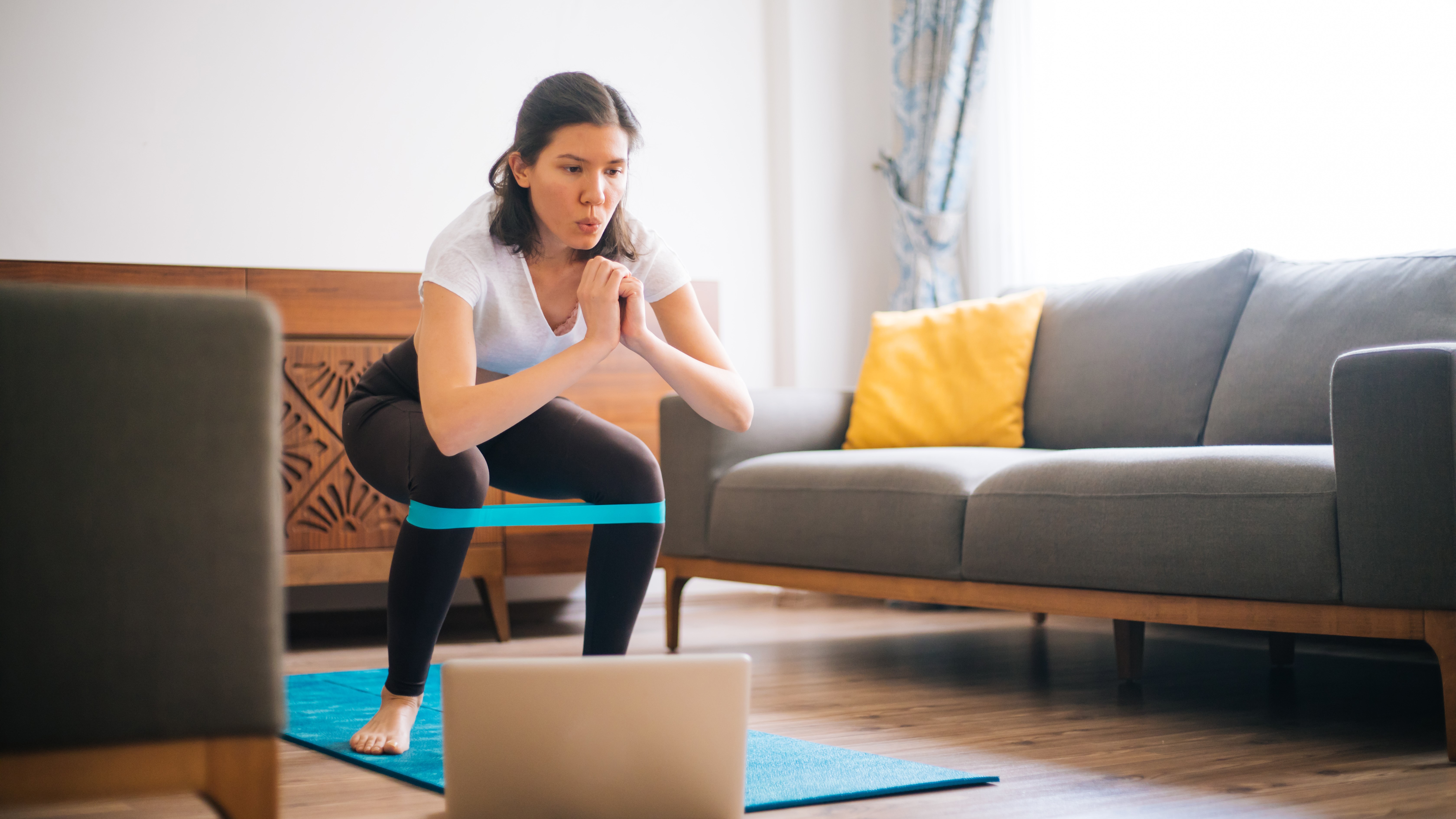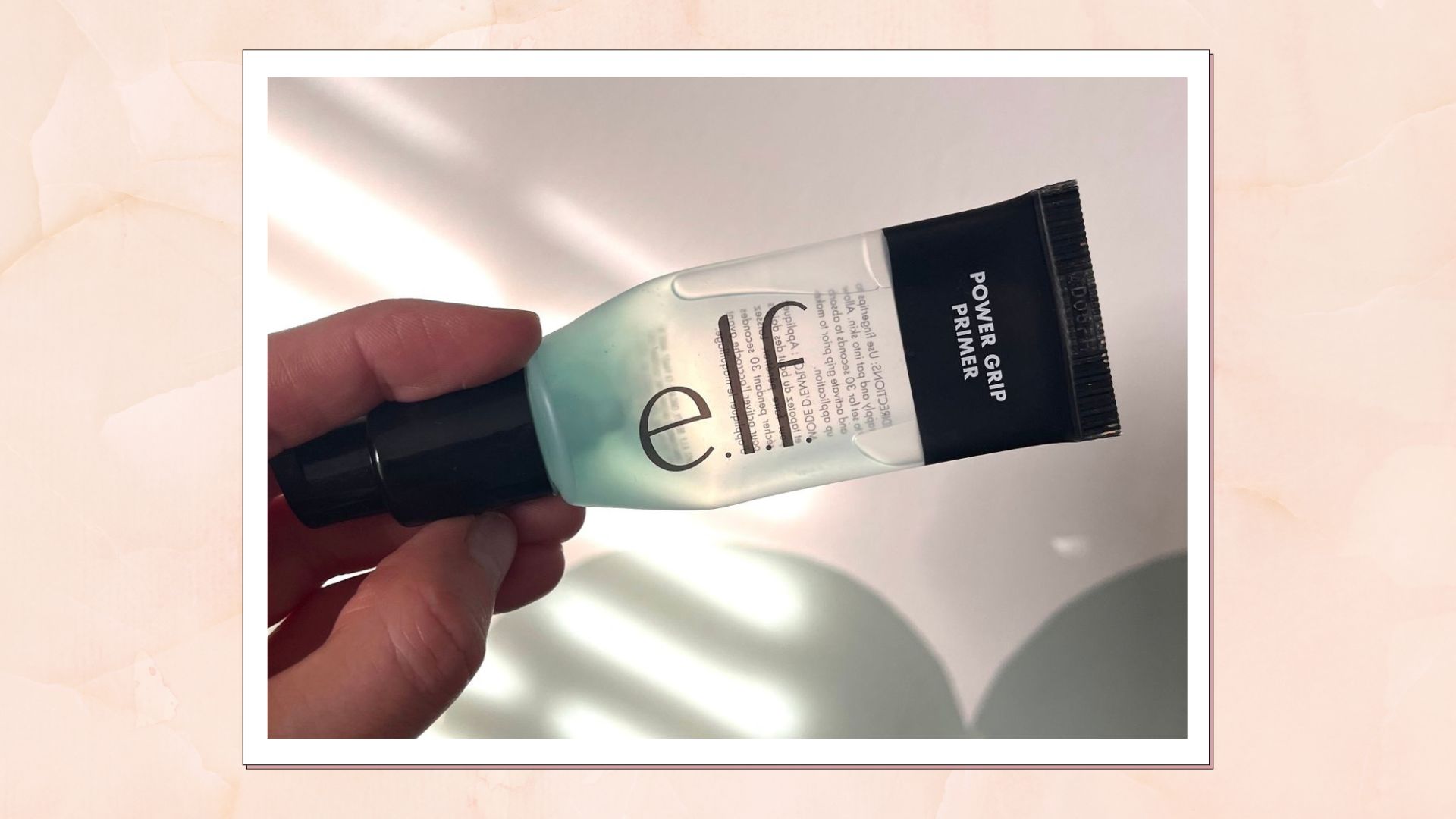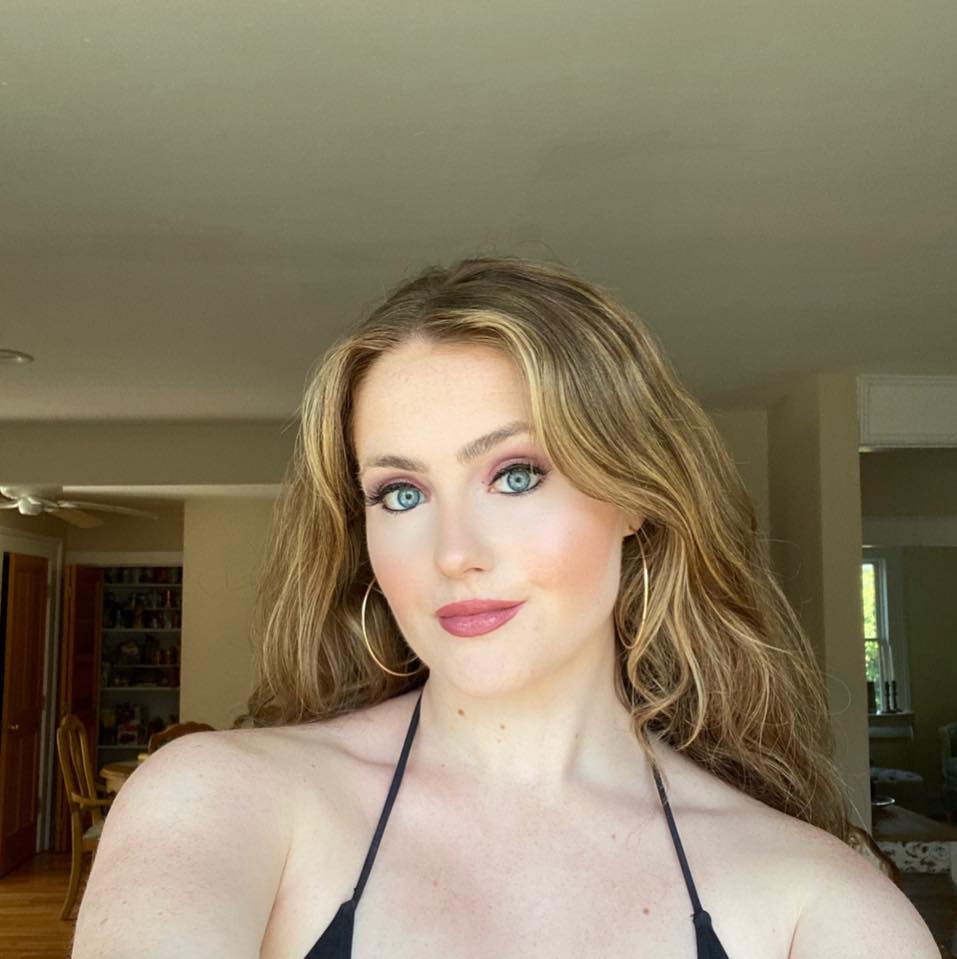The best resistance band workouts to do at home — for toning muscles and building strength
Learn how to get a full-body sweat, no equipment or gym membership necessary.

Resistance band workouts and training programs help build strength and tone muscle. They're perfect for adding onto the end of a run or bike ride as a finisher, and you can do them from the comfort of your own home or backyard.
Unless you’re a self-proclaimed fitness savant, the gym can be an intimidating scene - especially for casual goers. Thankfully, we've been bestowed with resistance band workouts for those days when we just want to do a workout at home.
Beloved for their convenience and portability, resistance bands, also known as strength or exercise bands, streamline high intensity, sweat, and coveted results, sans heavy machinery. They're affordable and versatile, and they can help tone specific muscles to your liking - all from the comfort of your humble abode.
Get your best running shoes to keep you steady on your feet, grab a set of resistance bands and get ready to add a strength-building element to your workout routine with our roundup of the best resistance band workouts.
The best resistance band workouts
For Glutes
This 10-minute resistance bands workout aims to tone, shape, and grow your glutes. Use some resistance loop and mini bands, and you’re good to go. It specifically catalyzes glute activation, which happens when you “fire up” your gluteal muscles, stretching from the back portion of your hip bone down to the top of your thigh bone (femur). Glute activation strengthens those muscles for a firmer, more defined booty.
For Side Glutes
For a more focused glute-centric workout, this exercise targets and challenges your hips, lower and side booty muscles. Overtime, you’ll notice that these areas will become firm and defined to your liking.
For Chest
Designed to build chest strength, these workouts reinforce proper spinal alignment, build back strength, and firm up shoulders - eliminating the need for dumbbells and weights.
Sign up for the woman&home newsletter
Sign up to our free daily email for the latest royal and entertainment news, interesting opinion, expert advice on styling and beauty trends, and no-nonsense guides to the health and wellness questions you want answered.
For Triceps, Biceps, and Shoulders
This all-encompassing arm workout sculpts, tones, and builds upper body strength. It’s a tough and intense resistance band workout but an effective one that’ll leave your arms on fire.
For Abs and Core
Sculpt your core with this workout that keeps it engaged from start to finish. Your core includes your muscles that wrap around the front, back, and side of your abdominal area, plus your glute, hip, and pelvic muscles.
What are the different types of resistance bands?
There are five types you’ll want to look out for before starting your resistance band workouts.
1. Loop Bands: also known as power resistance bands that resemble huge rubber bands. You can use them for pull-ups, dips, muscle-ups, push-ups, bear crawls, squats, shoulder presses, physical therapy, and much more. They’re low impact, help burn fat, and build endurance.
2. Tube Resistance Bands with Handles: known to replicate machine and dumbbell exercises. You can use them for chest presses, shoulder presses, and workouts involving pressing and pulling. They’re excellent for building muscle strength, or if you don’t have access to a gym and would like to train from anywhere.
3. Mini Circle Bands: similar to loop bands, but miniature in size and much wider. Typically made of comfortable fabric, they tend to stop the band from rolling up. Mini bands are great for activating your core, plus leg extensions, hip thrusts, and squats. They’re perfect for toning, hip and glute activation, and maintaining form and control.
4. Light Therapy Resistance Bands: known to belong, lightweight, and thin compared to other band types. By design, they help people regain strength after an injury and for those seeking a low-impact workout. They’re great for building, toning, and warming up muscles.
5. Figure 8 Bands: feature hands at the top and bottom. You can stretch them as far as you’d like to target your lower and upper body. They’re particularly useful for lateral exercises and mimicking machine and dumbbell workouts.
What should I consider when buying resistance bands?
1. Buy a variety of bands: Resistance bands are generally color-coded to denote their tension level (i.e., light, medium, heavy, very heavy). We suggest investing in one of each as different muscle groups require different resistance levels.
2. Stick to the basics: This is especially important if you’re a beginner. Look for one with generic handles and figure out how to use it first. Then, you can build your arsenal with more advanced bands with the bells and whistles.
3. Invest in accessories: To ensure a full-body workout, you’ll want to have several tools (think: a stair rail) where you can attach your resistance bands. This will enable you to target different muscle groups, and lends versatile, multi-functional purpose to your resistance bands.
What are the benefits of resistance band workouts?
Whether you’re a beginner or a regular gym-goer, resistance band workouts offer a whole range of benefits:
1. They improve the quality of your workouts since the resistance bands allow you to target niche muscle groups.
2. They enhance mobility and endurance and jumpstart stabilized muscles for more definition. They’re fundamental to strength training.
3. They help rehabilitate hip, shoulder, and knee injuries, serving as a useful aid for augmented and improved recovery.
4. They’re an exceptional lightweight, portable alternative to machines, weights, and dumbbells. You can replicate and achieve a full-body workout from virtually any location.
5. They promote strength control and focus. That’s because with resistance bands, you’re required to concentrate and maintain the tension on the band, along with your release.
6. They’re designed for compound exercises and movements, making them efficient and ideal for building energy, coordination, and full-body strength.
How should beginners use resistance bands?
How you use resistance bands depends on your specific workout - and the area you aim to target and refine. The beauty is, they’re incredibly versatile and are designed to work with your body, so no need to feel intimidated or hesitant to get started. Just have fun and work hard. The tutorial below is a great source to start.
How tight should my resistance bands be?
Your band is too tight if it snaps back to its original size too quickly when stretched. A constricted band reduces your range of motion, which can strain your joints and muscles.
While there’s no specific barometer or measurement to follow, we recommend thinking twice before opting for super tight and thick bands (though thick bands are great for lower body workouts). Try bands with interchangeable handles, which lend for easy adjustment.
How many calories can I burn with resistance bands workouts?
This generally depends on the duration and intensity of your workout, along with your body weight. Resistance training falls under strength training, which may be categorized as a form of weight lifting. Harvard Health Publishing shares that someone who weighs 125 pounds will burn 90 calories from 30 minutes of weight lifting and general strength training.
If you want a more precise answer, the app My Fitness Pal provides a calculator on calories burned from resistance training - based on the information you input.
How can I stop my resistance bands from rolling up?
It happens to the best of us! Here are some easy ways to avoid your resistance bands rolling up.
1. Don’t overstretch your bands, as this will cause them to slip throughout your workout.
2. Don’t use mini bands for lower body exercises - they tend to roll and slide down. Use thicker bands instead.
3. Don’t use bands on bare skin - they will pull on your body hair and slide down. For this reason, invest in tight, durable leggings, and for good measure, make sure to place your bands symmetrically around your legs. This will grant you more control over your movements and prevent rolling.
4. Opt for fabric when possible as latex rubber tends to be slippery.
5. Invest in quality. “Rolling” typically happens when your bands are flimsy and cheaply made. In this case, it’s imperative to shop with quality rather than cost in mind.
How do I clean resistance bands?
It should go without saying that you must clean and sanitize your resistance bands. Without a deep clean, your bands can become hotbeds for germs, grime, and more insidious particles. That being said, you also don’t want to deteriorate the material of your bands.
We suggest dipping your bands in warm water mixed with mild dish soap right after your workout. After some swishing around, you’ll want to rinse and let them air dry indoors - as direct sunlight can ruin the material.
Shop the best resistance bands and workout essentials
What else do I need for resistance band workouts?
Got your resistance bands and now ready for a workout? Here are six other fitness must-haves to help you make the most of your sessions.
1. Sneakers: A great pair of stable sneakers will help enhance your performance, maintain balance, and prevent common exercise injuries.
2. Headphones: Headphones are great for blocking out distracting ambient noise, and playing your favorite tunes can give you a boost.
3. Reusable Water Bottle: It's important to stay hydrated before, during, and after your workout. Water helps regulate body temperature, transport nutrients for energy, and improves performance.
4. Durable and tight leggings: Tight material will prevent your bands from slipping off during your workout.
5. Sweat-wicking t-shirt, sports bra, or tank: Moisture-wicking fabric will keep you cool and dry when you sweat; they're generally more breathable and allow air to flow in and sweat to flow out.
6. Fitness Tracker: Fitness trackers are great for monitoring progress, identifying strengths and weaknesses, and setting goals. They don't necessarily improve overall health, but they do provide the motivation to get you started on your journey.

Rose Goodman is a health writer across print titles and websites including woman&home.
Prior to pursuing her career as a writer, Rose obtained a degree in psychology and went on to work in adult mental health for five years, specifically working with people diagnosed with eating disorders, anxiety, depression and OCD. Mental health and wellbeing is something Rose feels incredibly passionate about and believes normalising the conversation around mental illness is something we should all actively strive to do.
-
 This £10 primer is the only thing that can make my foundation last past lunchtime
This £10 primer is the only thing that can make my foundation last past lunchtimee.l.f. Power Grip Primer is the budget buy our oily-skinned Beauty Editor, Jess Beech, can't live without
By Jess Beech Published
-
 The eye cream Reese Witherspoon uses to banish 'concealer creasing' and puffiness was already a bargain - now it's on sale
The eye cream Reese Witherspoon uses to banish 'concealer creasing' and puffiness was already a bargain - now it's on saleThe inexpensive eye cream Reese Witherspoon uses to reduce puffiness, dark circles and creases in her concealer is even more affordable than usual today.
By Charlie Elizabeth Culverhouse Published
